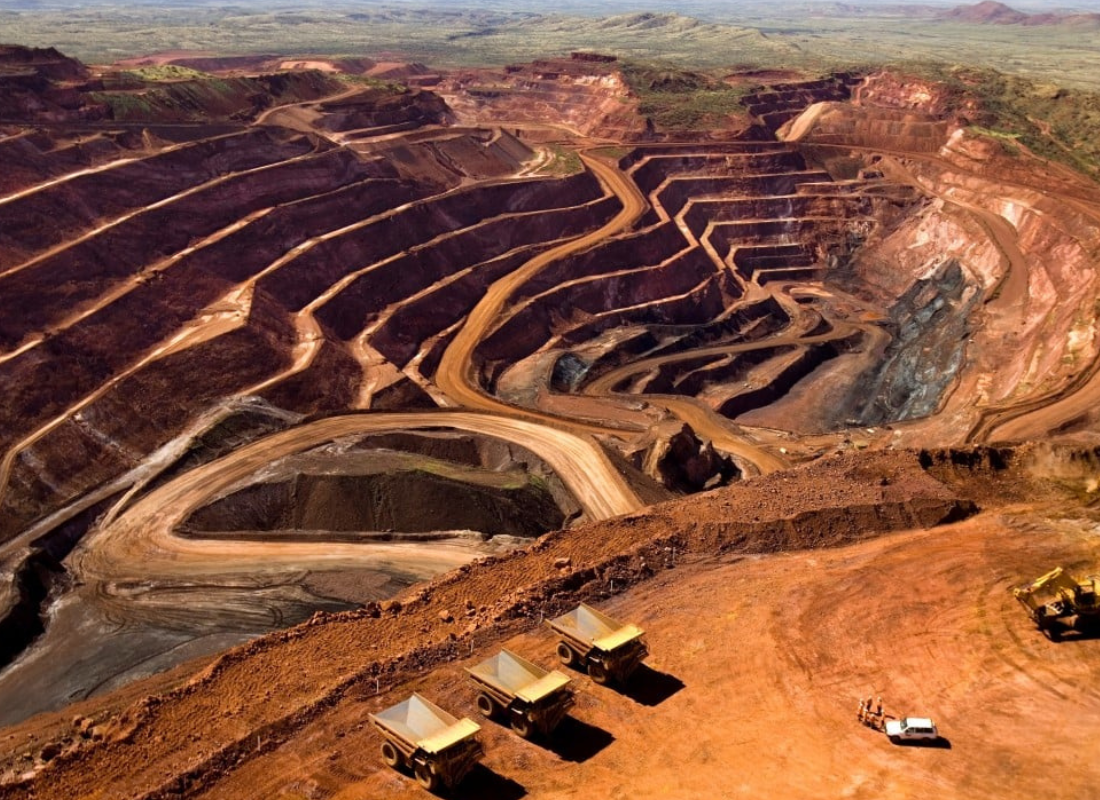
Mining, a vital industry that provides essential resources for human development, also exacts a toll on terrestrial ecosystems.
From habitat destruction to soil and water contamination, the environmental impacts of mining are profound and far-reaching.
In this article, we will delve into the consequences of mining on terrestrial ecosystems, exploring how extraction activities disrupt ecological balance and threaten biodiversity.
Habitat Destruction
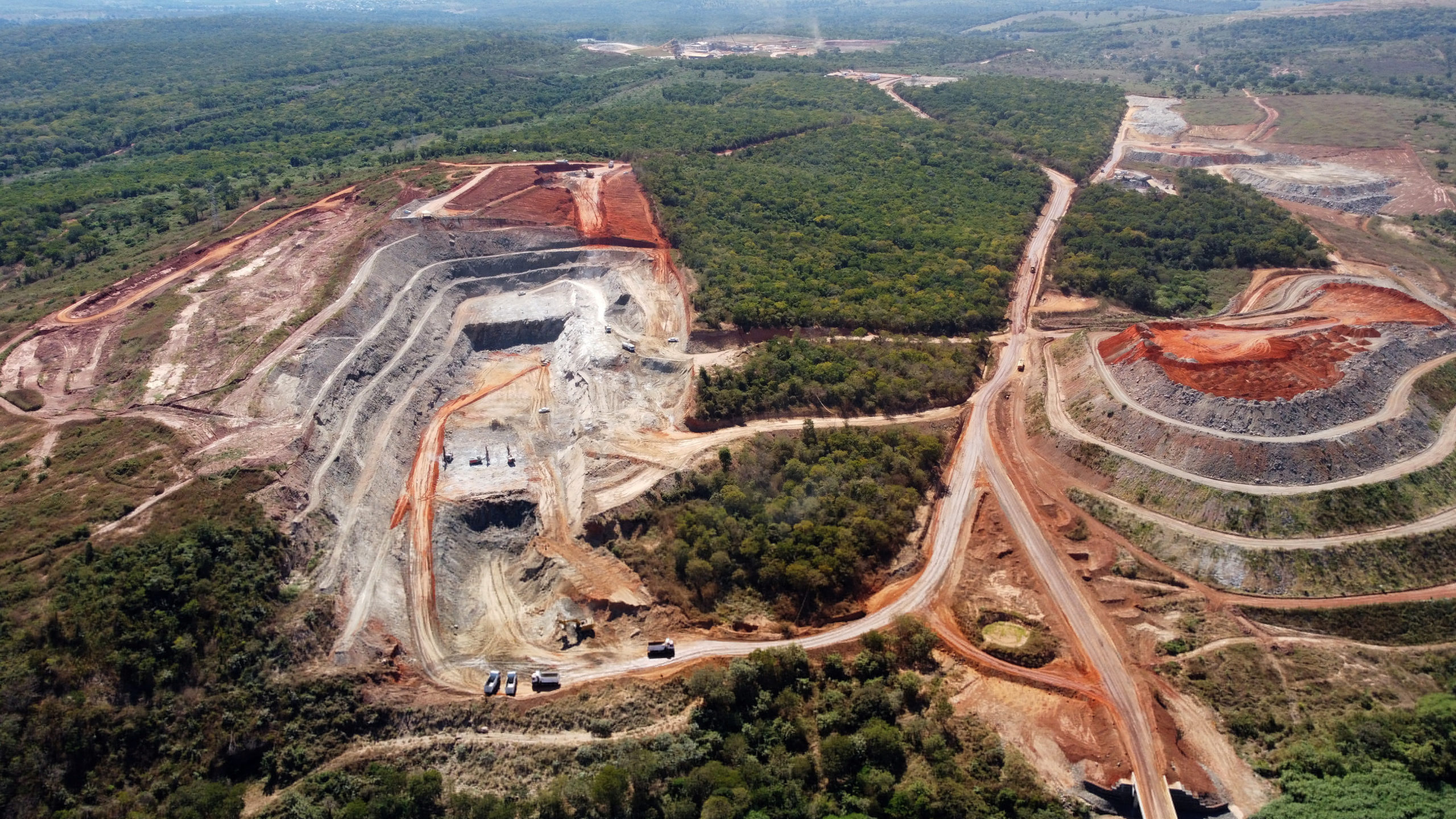
Mining operations often entail the clearance of vast tracts of land, leading to widespread habitat destruction.
Forests, grasslands, and other natural ecosystems are cleared to make way for open-pit mines, underground tunnels, and associated infrastructure.
The loss of habitat can displace wildlife species, fragment populations, and disrupt migration routes, ultimately leading to biodiversity loss and ecosystem degradation.
Soil Degradation
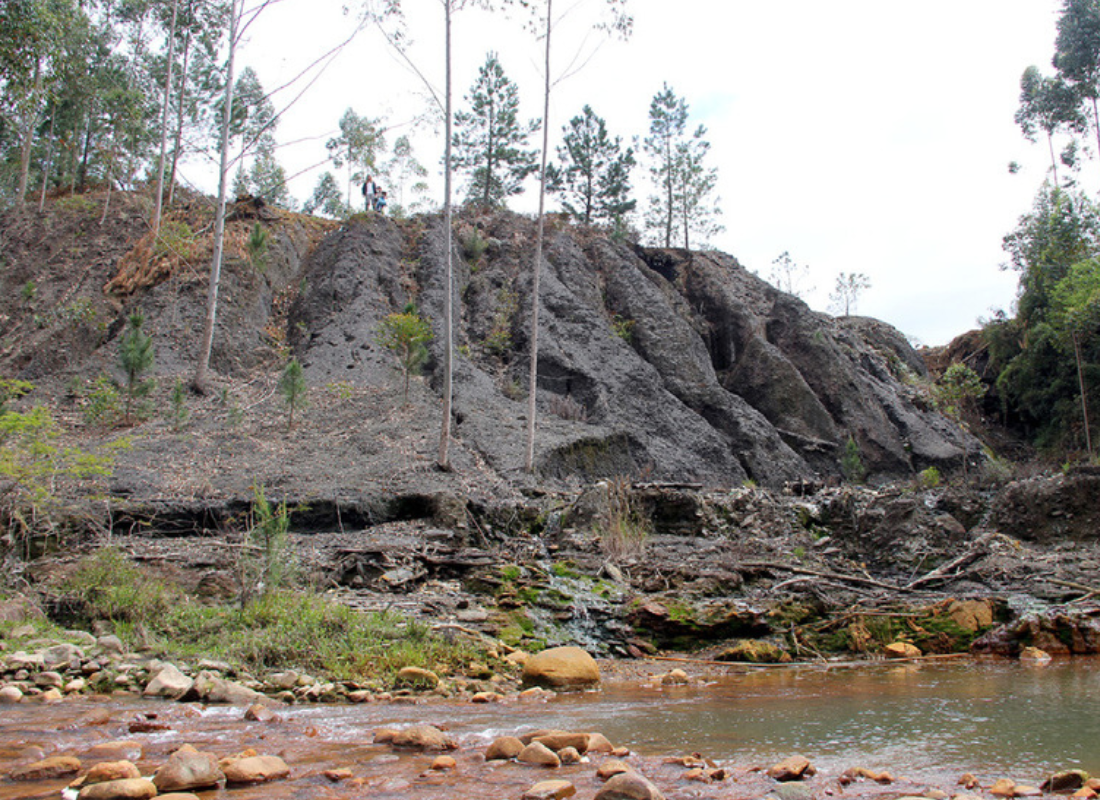 Mining activities can cause significant soil degradation, compromising soil structure, fertility, and composition.
Mining activities can cause significant soil degradation, compromising soil structure, fertility, and composition.
Excavation, blasting, and the removal of vegetation expose soil to erosion, leading to sedimentation in nearby water bodies and altering natural drainage patterns.
Soil contamination from heavy metals, toxic chemicals, and acid mine drainage further exacerbates degradation, rendering land unsuitable for agriculture and other uses.
Water Pollution
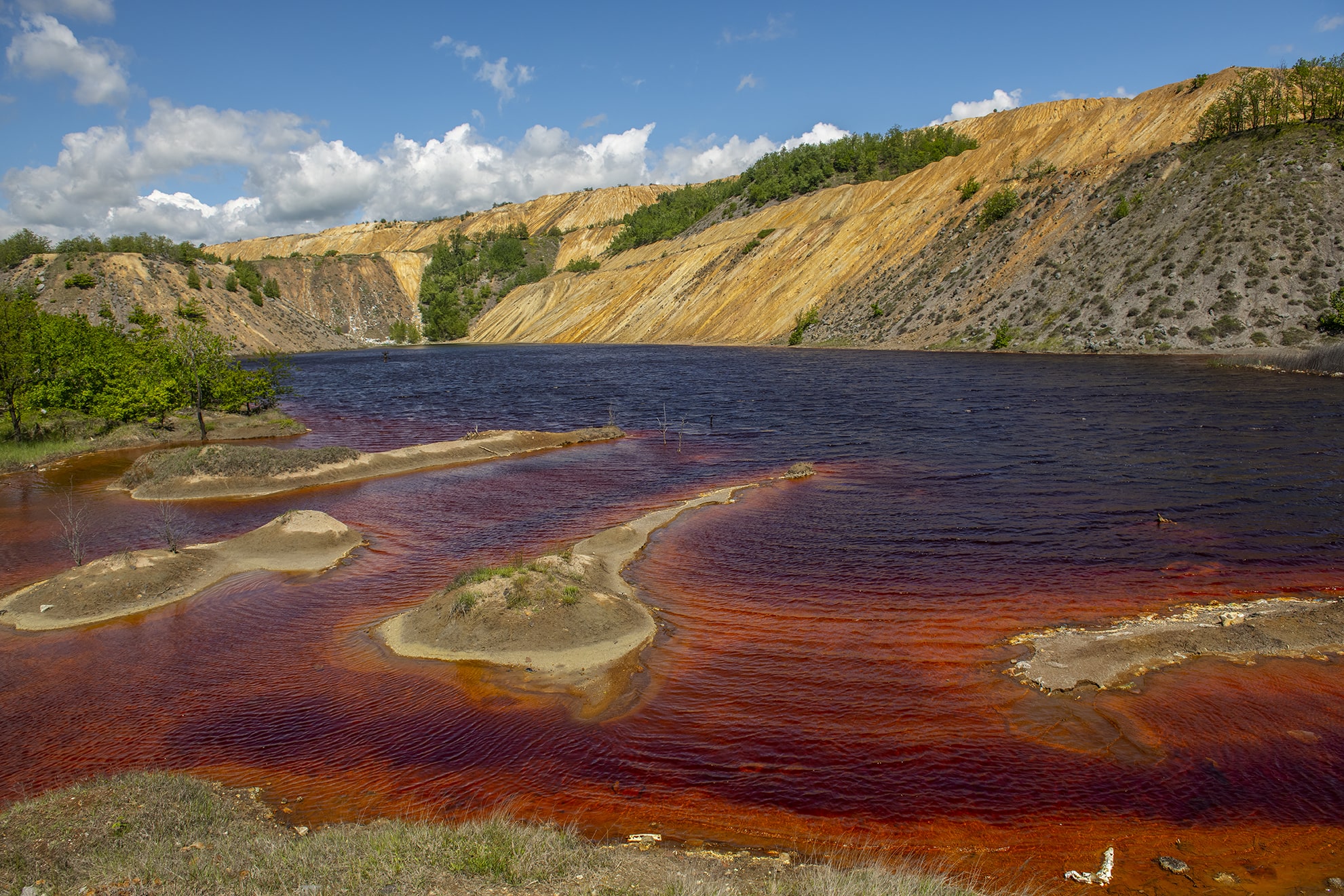 One of the most pervasive consequences of mining is water pollution.
One of the most pervasive consequences of mining is water pollution.
Contaminants such as heavy metals, sulfates, and other toxic substances leach into groundwater and surface water sources, contaminating aquatic ecosystems and posing risks to human health.
Acid mine drainage, a byproduct of sulfide oxidation, can lower pH levels in water bodies, harming aquatic life and disrupting aquatic food chains.
Loss of Biodiversity
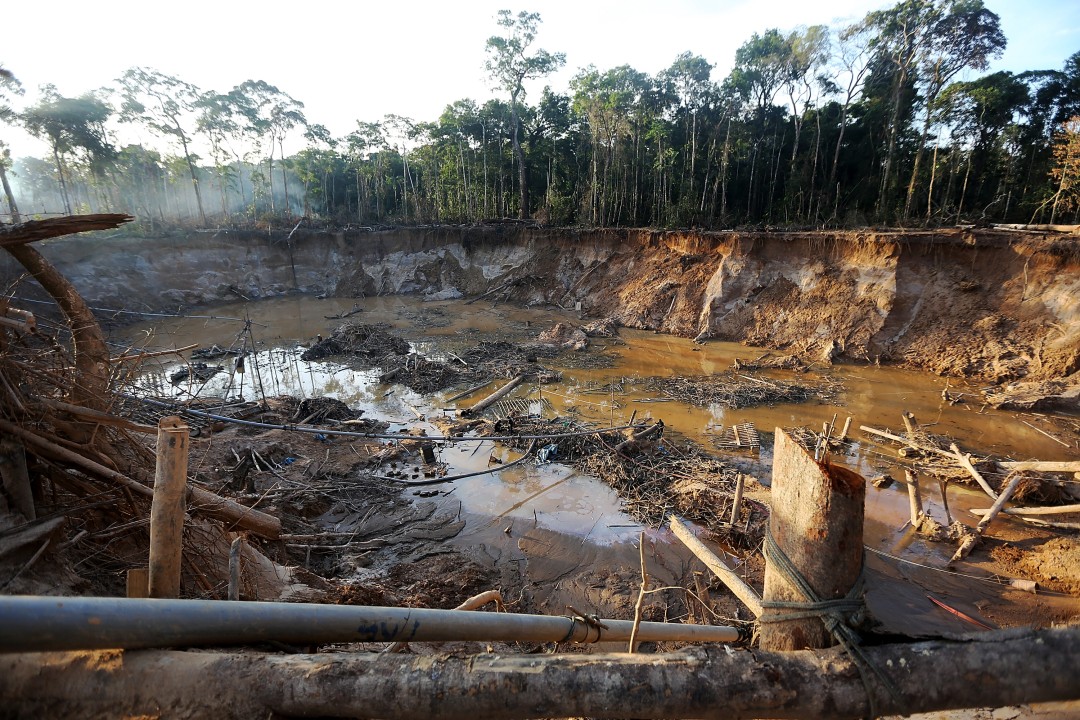 Mining activities can have detrimental effects on biodiversity, leading to the loss of plant and animal species and the disruption of ecological processes.
Mining activities can have detrimental effects on biodiversity, leading to the loss of plant and animal species and the disruption of ecological processes.
Habitat destruction, pollution, and fragmentation isolate populations, reduce genetic diversity, and increase the risk of extinction for vulnerable species.
Additionally, the introduction of invasive species associated with mining operations can further destabilize ecosystems and threaten native biodiversity.
Air Pollution
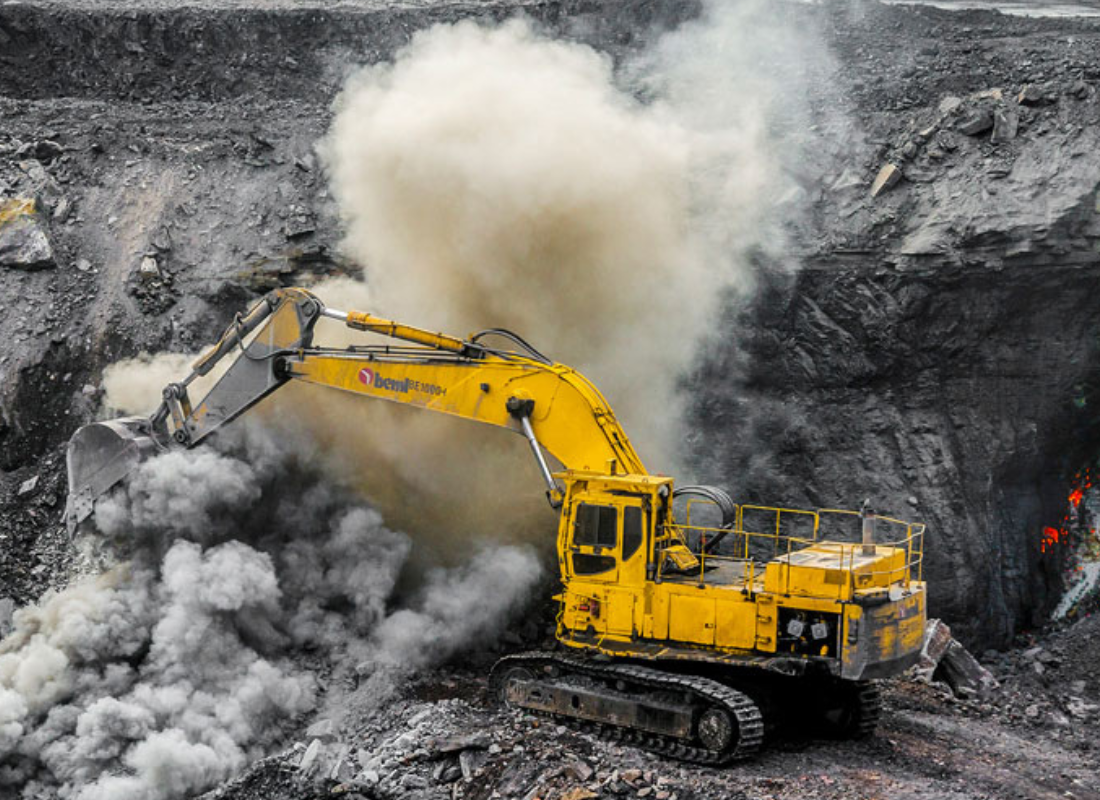
Mining operations contribute to air pollution through dust emissions, particulate matter, and the release of pollutants such as sulfur dioxide and nitrogen oxides.
Blasting, drilling, and transportation of ore and waste materials generate dust and airborne particles, which can degrade air quality and pose respiratory health risks to nearby communities.
Moreover, the combustion of fossil fuels for energy generation exacerbates air pollution, contributing to global climate change and local environmental degradation.
Mitigation Strategies
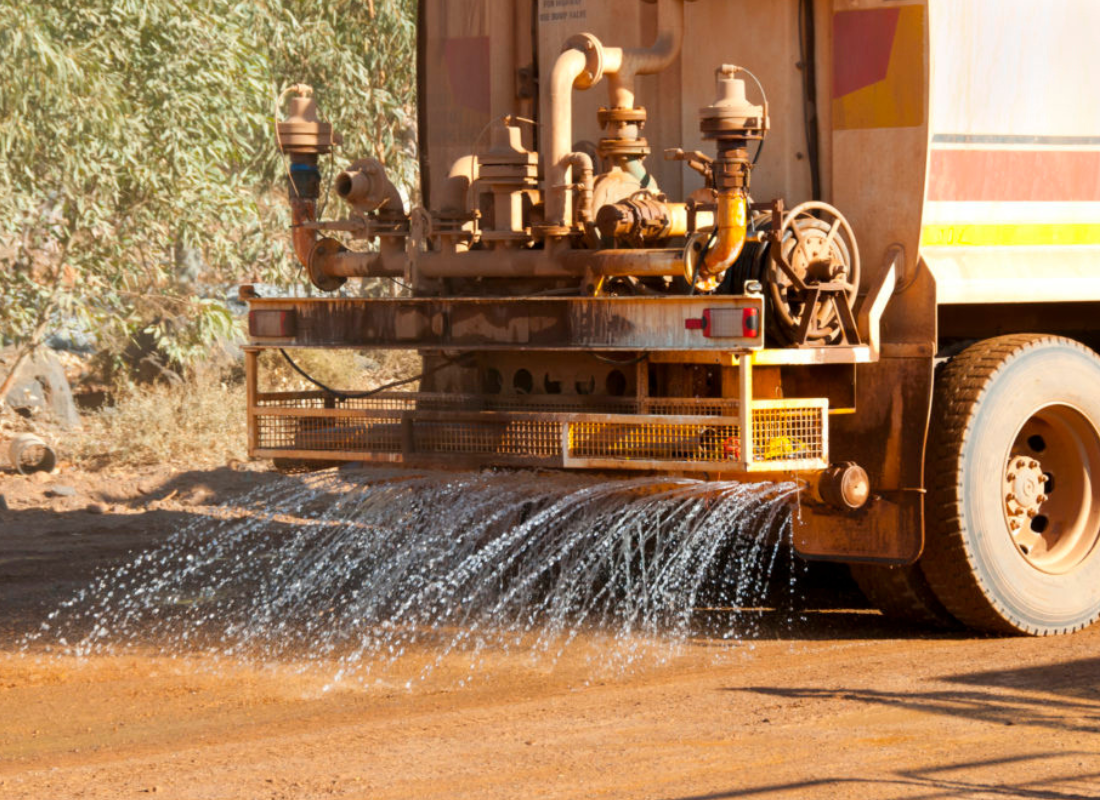 Addressing the environmental impacts of mining requires comprehensive mitigation strategies and sustainable practices.
Addressing the environmental impacts of mining requires comprehensive mitigation strategies and sustainable practices.
These may include implementing reclamation and restoration measures to rehabilitate mined areas, adopting technologies to minimize soil erosion and water contamination, and implementing pollution control measures to reduce air and water pollution.
Furthermore, stakeholders must engage in collaborative efforts to promote responsible mining practices, enhance regulatory frameworks, and prioritize ecosystem conservation and restoration.
Conclusion
In conclusion, mining activities have significant consequences for terrestrial ecosystems, ranging from habitat destruction and soil degradation to water and air pollution.
As demand for natural resources continues to grow, it is imperative to prioritize sustainable mining practices that minimize environmental impacts and safeguard biodiversity.
By adopting responsible mining practices, stakeholders can mitigate the adverse effects of mining on terrestrial ecosystems and ensure the long-term health and resilience of our planet’s natural habitats.




